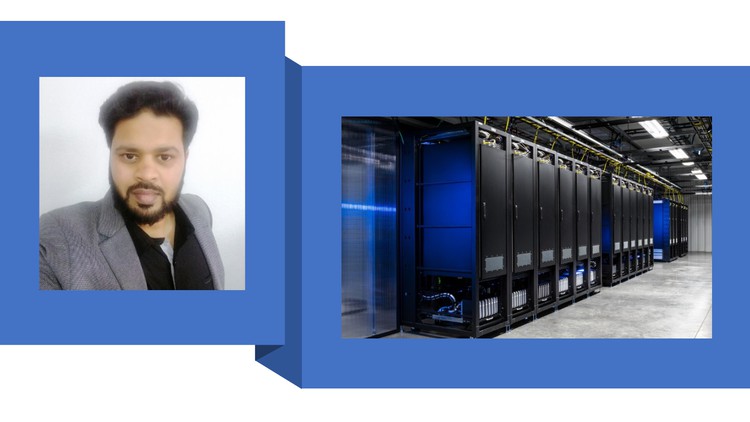
The Ultimate VMware vSphere A to Z Course: Hands-On Guide to Virtualization Management
What you will learn
Introduction to virtualization and VMware vSphere
Students will learn the basics of virtualization technology
How vSphere fits into the overall virtualization landscape
Students will gain a deep components, including the ESXi hypervisor, vCenter Server etc
Resource Management: Students will learn how to manage and allocate resources such as CPU, memory, storage etc to virtual machines
Storage Management: Students will learn about storage options in vSphere, including Fibre Channel, iSCSI, NFS, and VMFS
Networking: Students will learn how to create and manage virtual networks in vSphere, including virtual switches, virtual NICs, and virtual switches.
Virtual Machine Management: Students will learn how to create, manage, and migrate virtual machines, as well as how to perform basic operations
High Availability : Students will learn how to implement high availability solutions in vSphere, including vSphere HA, vSphere DRS etc.
By the end of the course, students should have a comprehensive understanding of how to install, configure, and manage a vSphere environment
Description
VMware vSphere is a virtualization platform that is widely used by organizations of all sizes. It enables organizations to run multiple virtual machines on a single physical server, increasing efficiency and reducing hardware costs. A VMware vSphere course is designed to teach students how to install, configure, and manage a vSphere environment, as well as perform various tasks related to virtual machine management, resource allocation, and network and storage configuration.
The course covers the core concepts and components of the vSphere platform, including the ESXi hypervisor, vCenter Server etc, Through lectures and hands-on exercises, students will learn about installing, configuring, and managing virtual machines, allocating resources such as CPU, memory, storage, etc and managing virtual networks and storage.
The course will also cover advanced topics such as vMotion, Storage vMotion, High Availability, Fault Tolerance, DRS etc providing students with a comprehensive understanding of the vSphere platform.
By the end of the course, students will have a comprehensive understanding of vSphere and the practical skills necessary to perform day-to-day administration tasks and troubleshoot issues. They will be equipped to manage and allocate resources to virtual machines, create and manage virtual networks, and configure storage solutions.
In conclusion, a VMware vSphere course is an excellent investment for anyone who is interested in virtualization and cloud computing and wants to deepen their knowledge and skills in this area. Whether you are a Student, Fresher, Technician, IT administrator, system administrator, Network Administrator, IT professional, data centre manager, or IT consultant, taking a vSphere course can help you to stay ahead of the curve and make a valuable contribution to your organization.
Content